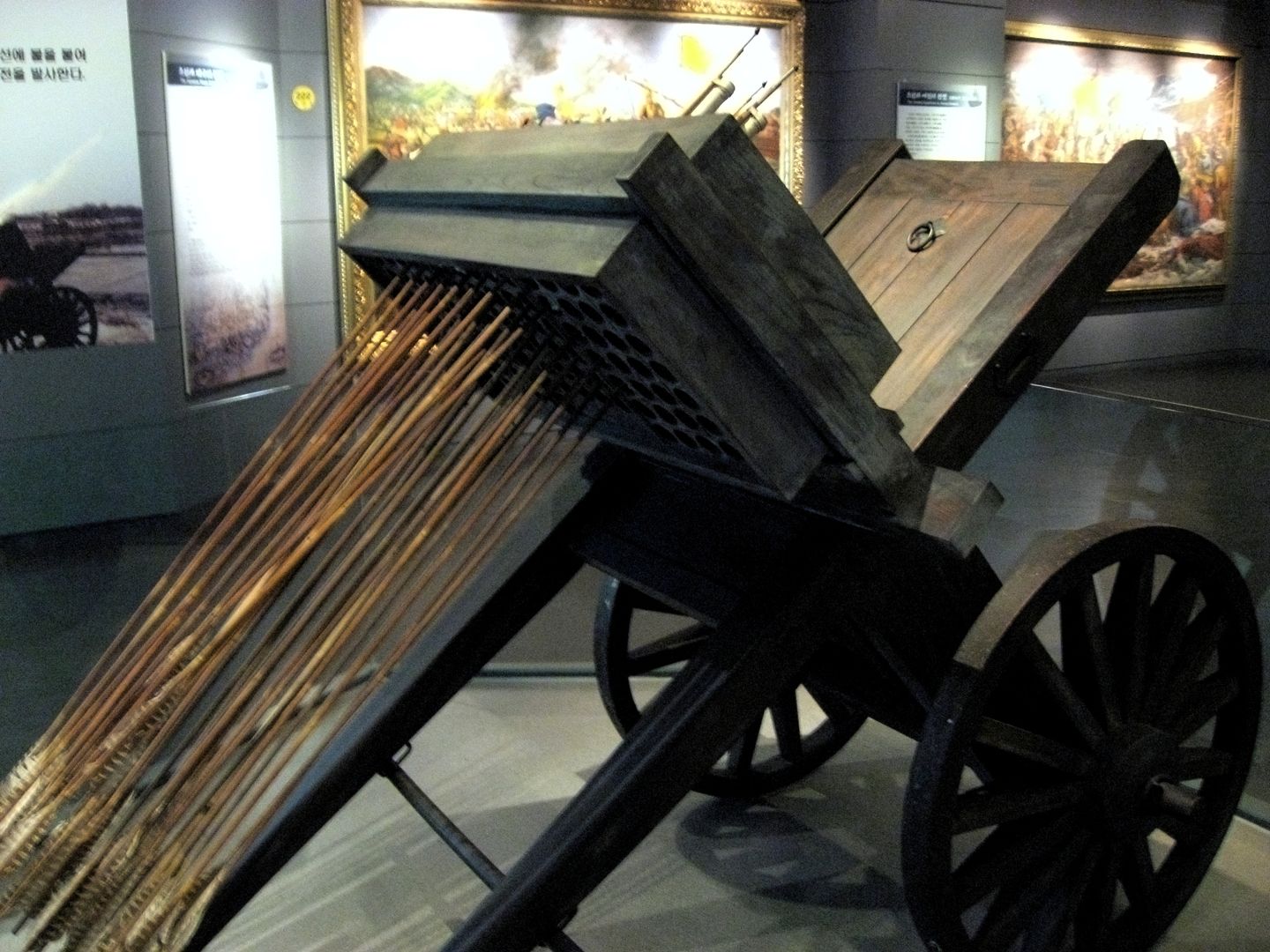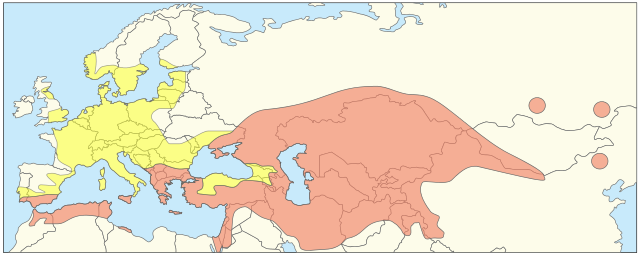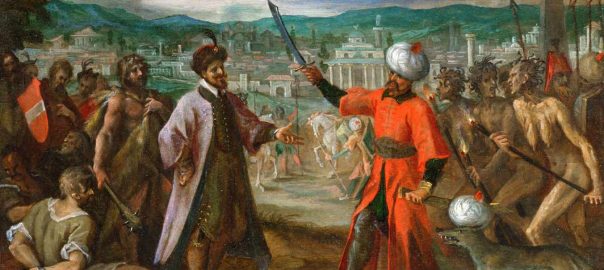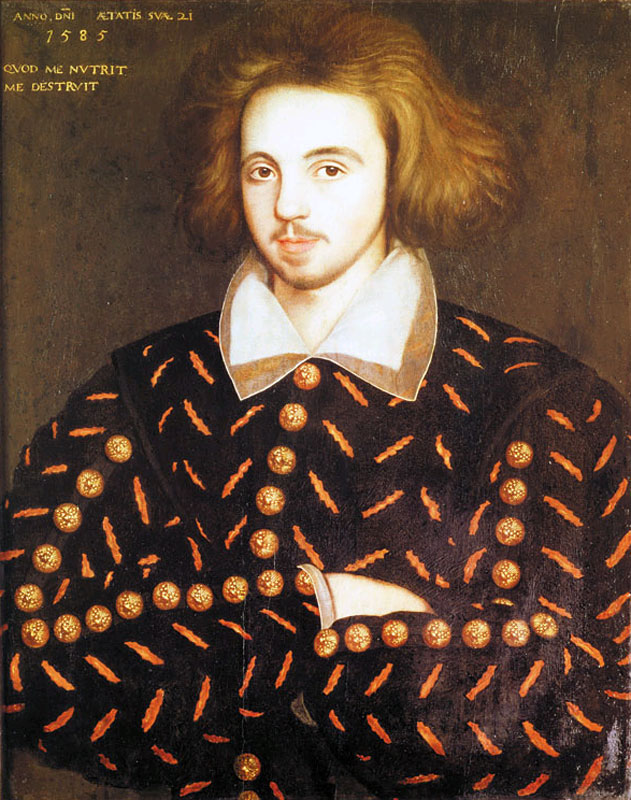Happy Pi Day everyone! How fortuitous that today I write about 1593, which had a “Super-Pi” Day: 3/14, 1593. (During 1593, the Flemish mathematician Adriaan van Roomen arrived at 15 decimal places of Pi using the polygon approximation method.)
Today, I’ll be brief:
- January 1593 was when the Ming Chinese allies came to help the Joseon Koreans repel the Japanese invaders. Some 43,000 Chinese soldiers came with more than 200 cannons to where the Japanese were holed up, in Pyongyang. There were 10,000 Korean fighters and 4,200 fighting monks. Japanese commander Konishi Yukinaga had 15,000-30,000 men. The fighting raged for eleven days, after which Konishi led his men out of the battered city and took them (with some reinforcements) to Hanseong– present-day Seoul, which was still held by the Koreans.

Joseon’s multiple rocket-powered arrow launcher 
Diagram of how the “hwacha” worked
- In Hanseong (and perhaps also earlier in Pyongyang?) one of the Koreans’ trademark weapons was the hwacha, which fired rocket-propelled, meter-long arrows from large batteries. Anyway, in Hanseong, the Korean-Chinese allies were also able to prevail, though the fighting was hard. Konishi decided to end his attempted siege/assault of the city on May 14.
- In May, in London, the very controversial poet and playwright Christopher Marlow– whose works prefigured several of the plays William Shakespeare would later write– was found stabbed to death in a back alley near London.
- In July, France’s King Henry IV, long a target of intense criticism from the country’s powerful “Catholic League”, finally made a public renunciation of his earlier Protestant leanings. The Catholic League had been adamant he could not go to Paris unless he did so. He is said to have muttered under his breath, “Paris is worth a mass!” (En francais, of course.)
- Also in July, the “Long Turkish War” or “Thirteen Years’ War” (or sometimes, “Fifteen Years War”) broke out between the Habsburg Monarchy and the Ottoman Empire. This was a land war, primarily over the Principalities of Wallachia, Transylvania, and Moldavia. It lasted, as we can see, quite a long time. The casualties on both sides are described as “Unkown, heavy.” And the outcome? “Indecisive.” (The banner image above here is part of a later allegorical painting of the war, by Hans von Aachen.)
- At the end of 1593, horticulturalist Carolus Clusius, the director of the newly established Hortus Botanicus at the Netherlands’ Leiden University, planted tulips in both a teaching garden and his private garden. The following spring, these would be the first tulips reported to have blossomed in Western Europe. They had been much admired throughout Western Europe after some merchants and envoys to Constantinople had first encountered the many beautiful tulip gardens cultivated there. (Just a few decades later, tulips would be the subject of one of Western Europe’s first large-scale speculative bubbles.)


